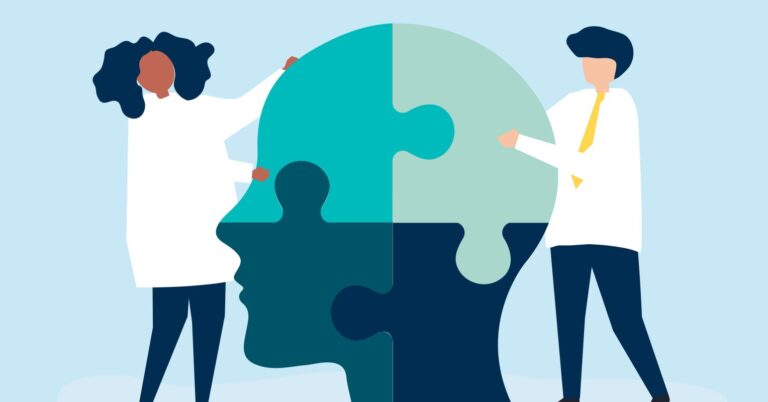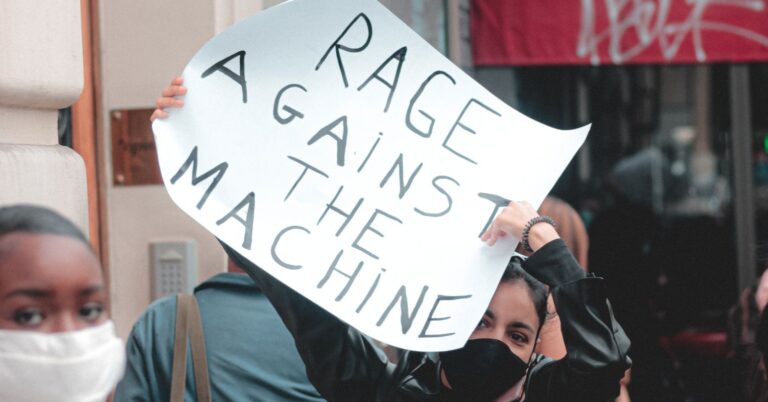In early fall, stories began to emerge about a bedbug infestation in Paris. Then something odd happened. Much of the news coverage shifted to the notion that, in reality, the fear of bedbugs was wildly incommensurate with the actual rate of bedbug infestation.
A New York Times article summarized this well with the headline “The problem with pests may be in Parisian heads, not their beds.” This is nowhere near as strange as it might sound, and it is certainly not unique.
The idea that a huge group of people think they have some bonafide medical issue but are actually healthy is a story that has repeated itself for centuries. We have a name for this phenomenon. We have an understanding of how it works. And we have clues for how to deal with it.
There are countless examples of groups of people coming down with a wide range of symptoms – from hysterical laughter to nausea, and yes, to itching – where no organic cause can be discovered. It used to be called mass hysteria and is now termed mass psychogenic illness. Consider some examples. In the late 1600s, citizens were convicted of witchcraft after exhibiting strange symptoms with no observed underlying cause. Sound familiar? We’re talking about the Salem Witch Trials.
In the spring of 2012, a number of outbreaks were observed across Afghanistan of school children falling ill after concern of a gas leak. Fifteen suspected perpetrators were even arrested, and one student provided what appears to be a coerced confession under duress where she “admitted” to poisoning her classmates. However, an investigation into the matter did not yield evidence of toxins, and the UN and WHO noted the symptoms observed weren’t even consistent with a poisoning.
No Evidence of Bugs
Here’s the most relevant one: In an American town in 1962, 62 workers in a clothing factory got sick after being ostensibly bitten by tiny bugs in what has since been labeled The June Bug Incident. Exterminators were called. Doctors evaluated the employees. But there was no evidence of bugs, or for that matter anything else, causing the symptoms.
The similarity to Paris in 2023 is hard to miss, a misperception of tiny insects that wreak havoc on our bodies. One worker said she “felt something bite me on my leg and when I scratched my leg, the [little bug] came up under my fingernail.” Even though that quote is from more than 60 years ago, you would believe us if we told you that it was from a Parisian less than 60 days ago.
You might be wondering how this works. In our view, it goes to the power of expectation – the way we expect to feel impacts how we actually do feel. The impact of expectations is backed by decades of serious empirical investigation. The placebo effect, where people have improved symptoms due to the expectation of feeling better, is an example of a positive expectation. The nocebo effect, for which mass psychogenic illness is an example, is the opposite. It refers to the phenomenon of feeling sick because you expect to feel sick.
Here are a few illuminating studies that show what expectations can do to us. A pair of Japanese scientists exposed boys to a harmless leaf but told them it was a leaf from the lacquer tree, which produces a reaction similar to poison ivy. Sure enough, many of the children developed rashes. Canadian psychologist Jay Olson and colleagues gave undergraduates an inert pill but told them it was a “fast-acting and legal drug similar to psychedelic mushrooms.” Nearly two in three participants reported some effect of the drug. One student said that colors were moving; another ”had trouble understanding what people were saying for approximately 20 minutes.” Expectations even influence our physiology. In a clever study where people were put into a room with an accurate clock, one that was rigged to move at half-speed, or one at double-speed, Harvard researchers from Ellen Langer’s group showed that blood glucose levels for diabetes patients are impacted by perceived time.
Expectations Play a Role
If expectations can cause allergic reactions, psychedelic trips, and changes to our blood glucose, then surely it is no surprise they have played a role in Paris. The bedbug scare comes more than three years after the COVID pandemic, and therefore after our global obsession with hand-washing, began. Even though bedbugs are not actually attracted to dirt or clutter, there is still the perception of these gross, tiny insects crawling around nasty bedrooms. It makes perfect sense that our first widespread incident of psychogenic illness after COVID would be related to perceived (un)cleanliness. We pay attention to hygiene now in a way we never have before.
Unfortunately, media reports can, in effect, spread illness. MacKrill and colleagues examined side-effect reports for anti-depressant medication among New Zealand residents. A huge spike was observed in the month after media reports aired of people getting sick from the medication, and the increase was concentrated around the symptoms discussed by the media. Unfortunately, this suggests a vicious cycle might be at play in Paris, where the media is fueling the belief that people are being bitten by bedbugs, which in turn causes the media to further cover the story. It was surely no help when the Deputy Mayor of Paris was reported by the media to have said, “No one is safe, you can catch bedbugs anywhere.”
The most important phrase from the NYT article is “the number of pests may be up modestly.” Only modestly. And only maybe modestly—which presumably means there’s uncertainty about whether there’s even any increase in bedbug prevalence.
The best remedy to this situation may have nothing to do with exterminators or bedbug-sniffing dogs. Precautions are never a bad idea, but if you’re visiting Paris, avoid the media rabbit hole. Take a deep breath, enjoy your baguette, and understand that your risk of coming home with bedbugs from this trip is about the same as any other recent vacation to a big city.


















+ There are no comments
Add yours